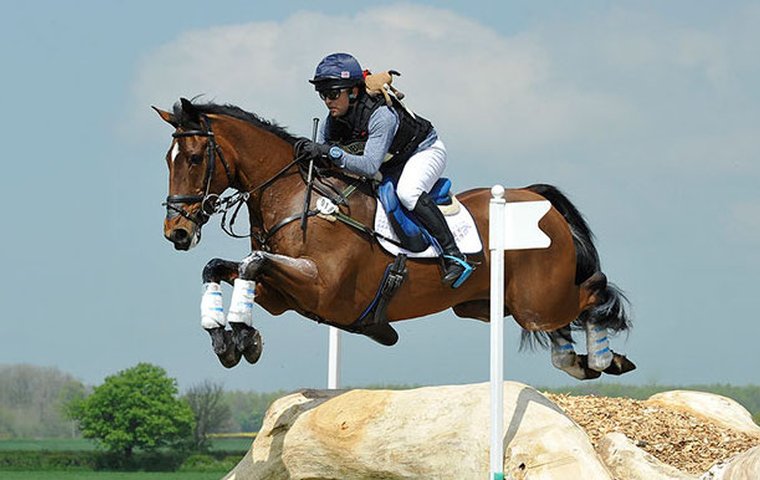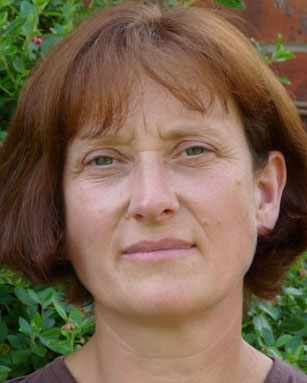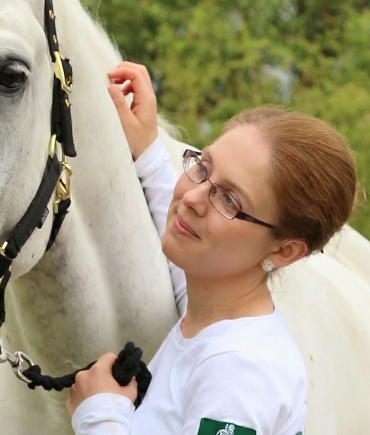
Kate Johnson spoke to four of the most respected racing and equine science experts in their fields, and asked them two questions ...
Richard Perham
Senior Jockey Coach at the British Racing School
What’s the most exciting development?
 Every apprentice and conditional jockey gets four hours, one-to-one, with a coach every month, covering physical training, the compassionate and correct way to use the whip, riding within the rules, and simulators to teach technical skills like pushing. Every jockey who’s lost their claim has up to two hours of mentoring for a year into their career. It’s a lonely business and it’s a kind ear to hear about struggling to get rides, or weights, or a bad day racing.
Every apprentice and conditional jockey gets four hours, one-to-one, with a coach every month, covering physical training, the compassionate and correct way to use the whip, riding within the rules, and simulators to teach technical skills like pushing. Every jockey who’s lost their claim has up to two hours of mentoring for a year into their career. It’s a lonely business and it’s a kind ear to hear about struggling to get rides, or weights, or a bad day racing.
There’s a more scientific approach to diet, nutrition and fitness that jockeys like Tom Marquand and Hollie Doyle appreciate and understand. Five years ago, if I was coaching, I’d ask, “Who’s the fittest jockey here?” No-one would stand up. Now, they’re starting to mentally buy into it.
[When I was a jockey], I didn’t do things the right way. I was never fit enough and my diet was never good enough. I was a very good jockey, but now I think ‘wow, I could have done so much more’.
I designed a simulator; it’s a metal frame that deliberately doesn’t look like a horse, with no support for your knees so you can’t rest. It’s not motorised so, as you push, it goes forward. When you stop pushing, it stops. Brutal, but riding racehorses is difficult.
What’s your one piece of advice?
Get fit. People don’t understand the level of fitness you need to be effective on a horse; they think wobbling and flopping around is acceptable, and it’s not. In a study in 2006, jockeys were anaerobic [without oxygen] throughout a five-furlong race; the levels of lactic acid produced in the muscles were equivalent to those of a 400-metre Olympic sprinter. Being fit won’t stop you getting hurt - it’s a dangerous sport - but you’ll recuperate quicker.
Justin Perkins
Senior lecturer in equine surgery at the Royal Veterinary College
What’s the most exciting development?
 Roaring, or laryngeal hemiplegia, is a common disease in Thoroughbreds that causes paralysis of the left side of the larynx, respiratory noise and exercise intolerance as the larynx collapses. It affects Thoroughbreds more because of the speeds they have to go.
Roaring, or laryngeal hemiplegia, is a common disease in Thoroughbreds that causes paralysis of the left side of the larynx, respiratory noise and exercise intolerance as the larynx collapses. It affects Thoroughbreds more because of the speeds they have to go.
We’ve spent the last 15 years trying to find the cause of roaring; about 3-5 percent of racehorses are clinically affected with roaring and we know from research all Thoroughbreds have some muscle evidence of having it, on a grey scale.
In the disease, the nerve starts to die and the main muscle that opens the larynx starts to die back as well. It’s common for a horse to require surgery to fix it. The technique from the 1970s was to permanently pull back one side of the larynx. The problem was that, when swallowing, food could get into the trachea, causing a low grade inflammation, which affected performance. We developed a technique where you transplant a new nerve into the muscle itself that regenerates the muscle.
There are only three or four surgeons in the world doing this. We’ve had horses win races on their first time back post-surgery. The operation will become widespread. It takes a while for racing to change its ideas.
What’s your one piece of advice?
If you hear an upper airway noise at exercise, it’s probably going to be significant and likely to be a cause of poor performance in a racehorse. But not all upper airway noise in horses at exercise are performance-limiting and some upper airways problems don’t make a noise.
Sonya Nightingale
Equine physiotherapist
What’s the most exciting development?
 RAMP, the Register of Animal Musculoskeletal Practitioners, was launched four years ago as a regulatory framework to develop a standard that should be the minimum requirement for anybody who wants to work in the therapeutic field with horses.
RAMP, the Register of Animal Musculoskeletal Practitioners, was launched four years ago as a regulatory framework to develop a standard that should be the minimum requirement for anybody who wants to work in the therapeutic field with horses.
If you treat humans, you have to be chartered, pass exams and be registered with the health and care professional council. When you prefix the titles osteopath, chiropractor or physiotherapist with an animal-related term, the title becomes unprotected and anybody can call themselves a veterinary physiotherapist. It has huge welfare implications. I know of people missing diagnoses and not referring to a vet when an animal is seriously injured or ill. They’ve said they can treat, say, back pain in a horse and have missed the fact it’s got kissing spines or some serious underlying pathology.
RAMP has around 700 members, about 70 percent of all practitioners, who meet our standard. We translated the Chartered Society’s ‘day one competencies’ to the equine field and we map everyone who applies against it. We’re trying to make the register pre-eminent, to improve animal welfare and the credibility of our profession.
What’s your one piece of advice?
Stop putting bandages on horses’ legs! A horse’s normal body temperature is 37.5 to 38.5C, and fibroblasts that make up the tendon start to die if the temperature rises about 42.5. A recent Slovakian study of temperature changes under boots after exercise showed the skin temperature rose by three degrees with nothing on, and with fleece bandages, by 16.5 degrees. You could be causing premature tendon breakdown.
You need protective tendon boots when you’re going cross country as you’ll see on the top eventers at Badminton. But you watch, those grooms have the boots off within seconds of the horse crossing the line, quickly cooling the legs to minimise damage - and that’s after only 11 minutes of wearing them!
Sarah Nelson
Nutritionist and product manager with Spillers Feeds
What’s the most exciting development?
 Research published in 2019 was the first to show scientifically that changes in diet have a beneficial effect on horses that have suffered from gastric ulcers.
Research published in 2019 was the first to show scientifically that changes in diet have a beneficial effect on horses that have suffered from gastric ulcers.
We looked at competition and racehorses that had grade 2, 3 or 4 ulcers. They were paired according to the grade, workload management, and where they were kept so everything was controlled. One was randomly assigned to the diet change group. We used a mix of our feeds; overall the horses were on a lower starch and sugar diet, one feed was particularly high in oil and we included alfalfa. All the horses with grade 3 and 4 ulcers were treated with a recommended course of omeprazole in line with veterinary practice.
We scoped them at the start of study, after the four-week treatment of omeprazole, and six weeks after that. The horses in the group that didn’t change diet regressed and, at the end of the study, their ulcer scores were no better than at the start, so there was no long-term benefit to the treatment.
The group that changed diet remained improved even six weeks later. It gives reassurance to the advice that we, other nutritionists and vets give. There are lots of risk factors for gastric ulcers - intense workload, stress - and diet is by no means the only cause or cure but it’s one that’s relatively easy to do something about.
And your one piece of advice?
The importance of forage; after water, it’s the most important component of any horse’s diet and should be the foundation, even for high-performance horses. It’s important for physiological and psychological health, and contributes a valuable source of energy.
It’s not just roughage to stop them getting bored; their hind gut relies heavily on having enough fibre in the diet. Horses only produce saliva when they chew and are evolved to spend 16-18 hours a day grazing. The saliva is a natural buffer for stomach acid. Making sure that, when horses aren’t at grass they’re getting enough, is really important.


